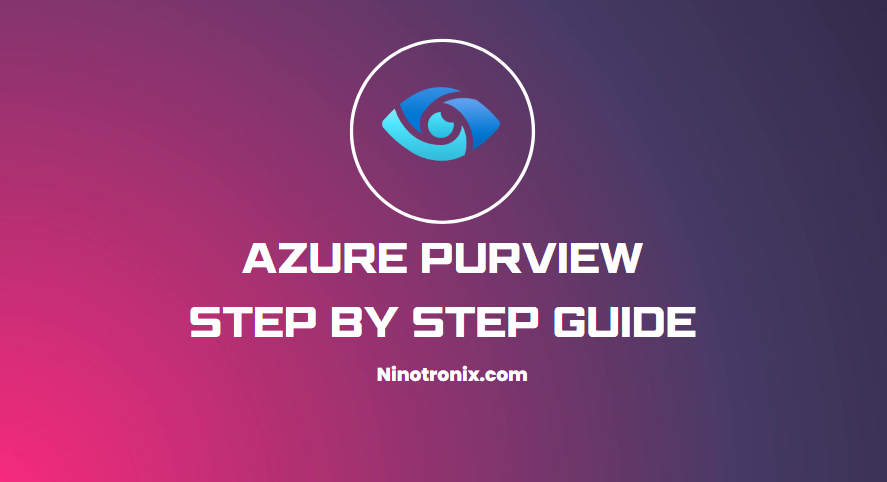Here are the high-level steps to set up Azure Purview:
- Create an Azure Purview account: The first step is to create an Azure Purview account in the Azure portal. You will need to provide a unique name for your account and select the Azure subscription and resource group where you want to create it.
- Provision the Azure Purview account: Once you have created the Azure Purview account, you need to provision it by selecting the pricing tier and assigning an Azure Key Vault account for storing secrets and keys.
- Configure Azure Purview data sources: After provisioning the Azure Purview account, you need to configure the data sources that you want to connect to. This can include databases, data lakes, and other data platforms. You can connect to these data sources using Azure Data Factory, Azure Databricks, or other Azure services.
- Create a Purview Data Map: Once you have configured your data sources, you can create a Purview Data Map, which is a collection of metadata that describes the data sources and their relationships. You can create a Data Map using the Purview Studio interface or programmatically using the Purview REST API.
- Classify and label data: You can use Azure Purview to classify and label your data based on its sensitivity, compliance requirements, and other factors. This can help ensure that your data is properly secured and managed.
- Monitor data usage and quality: Azure Purview provides monitoring capabilities that can help you track data usage, identify any anomalies, and ensure that data remains accurate and up-to-date.
- Set up data governance policies: You can use Azure Purview to define data governance policies that specify how data should be managed, who is responsible for managing it, and what processes and procedures should be put in place to ensure its quality and integrity.
- Audit and report on data usage: Azure Purview provides auditing and reporting capabilities that enable you to track data usage and generate reports on data quality, lineage, and compliance.
In summary, setting up Azure Purview involves creating an Azure Purview account, provisioning it, configuring data sources, creating a Purview Data Map, classifying and labeling data, monitoring data usage and quality, setting up data governance policies, and auditing and reporting on data usage. These steps can help you discover, understand, and manage your data assets effectively, ensuring compliance with data privacy and security regulations and unlocking the power of your data.

